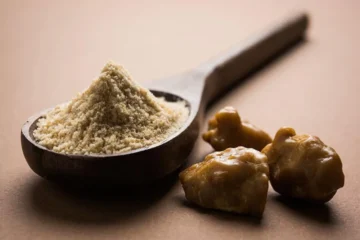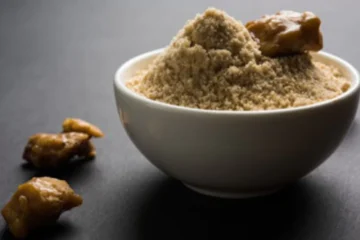Hing, also known as asafoetida, has traditionally been imported into India from countries like Afghanistan and Iran. But with the Indian government and farmers stepping up, Hing Farming in India is now gaining ground. This transition promises numerous benefits — from quality and sustainability to price and farmer welfare.
Will locally grown hing be as potent and aromatic as imported varieties?
Summary: Yes, locally grown hing has the potential to match or even surpass imported hing in aroma and medicinal value, thanks to India’s diverse agro-climatic zones and evolving cultivation practices.
Detailed Answer:
- Agro-Adaptation: India’s cold desert regions like Lahaul-Spiti provide similar conditions to Iran and Afghanistan, ideal for Ferula cultivation.
- Scientific Support: CSIR-IHBT and other institutes are supporting farmers with quality Ferula asafoetida seeds and techniques.
- Processing Methods: Modern processing units ensure preservation of resin potency, similar to imported varieties.
- Comparative Trials: Early samples of Indian hing have shown comparable levels of aroma and flavor in lab tests.
- Organic Cultivation: Organic Indian hing may offer purer, chemical-free taste that appeals to health-conscious consumers.
How will self-reliant hing farming impact its price and availability?
Summary: Local cultivation will reduce hing’s dependence on imports, eventually leading to better availability and potentially lower prices over time.
Detailed Answer:
- Reduced Import Costs: Import duties and international freight will no longer affect hing prices.
- Stable Supply: Domestic sourcing will reduce volatility caused by global supply chain disruptions.
- Economies of Scale: As production increases, costs per unit are expected to decline.
- Market Competition: More suppliers in the Indian market can lead to competitive pricing.
- Accessibility: Small and regional retailers will gain easier access to quality hing at a better price.
Which regions in India are best suited for hing farming, and why?
Summary: The cold, arid regions of Himachal Pradesh, Uttarakhand, and parts of Jammu & Kashmir are best suited due to their similarity with the natural habitats of the Ferula plant.
Best Regions and Factors:
| Region | State | Why It’s Suitable |
|---|---|---|
| Lahaul & Spiti | Himachal Pradesh | Cold desert climate, high altitude, well-drained soil |
| Chamoli | Uttarakhand | Dry temperate climate ideal for Ferula growth |
| Leh-Ladakh | Union Territory | Low humidity and cool climate support root development |
- Soil Type: Well-drained sandy or loamy soils are ideal for root resin formation.
- Climate: Hing requires 2,000–3,000 m altitude with cold winters and mild summers.
- Low Humidity: Reduces fungal issues that can affect plant growth.
- Government Projects: Supported by CSIR-IHBT and state horticulture missions.
- Pilot Success: Pilot farms in Himachal Pradesh have already shown viable yields.
Is Indian-grown hing more sustainable and eco-friendly?
Summary: Yes, Indian-grown hing significantly reduces carbon footprint and supports sustainable agriculture by cutting down on long-distance imports and encouraging organic farming.
Detailed Answer:
- Reduced Emissions: Eliminates thousands of air and sea miles needed for hing imports.
- Organic Farming: Encouraged practices avoid chemical fertilizers and pesticides.
- Water Efficiency: Ferula plants are drought-tolerant and require minimal irrigation.
- Biodiversity: Cultivation promotes preservation of Himalayan plant diversity.
- Eco-certification: Government support for organic certification boosts environmental value.
How will Indian farmers benefit from growing hing locally?
Summary: Local hing farming opens a high-value crop avenue for farmers in hilly and dry regions, offering them economic growth, skill development, and better livelihoods.
Detailed Answer:
- High Market Value: Hing fetches ₹30,000 to ₹40,000 per kg in retail, offering lucrative returns.
- Employment Generation: Processing, packaging, and logistics create local jobs.
- Government Incentives: Subsidies, training programs, and seed distribution are already in place.
- Crop Diversification: Farmers get an alternative to traditional low-income crops.
- Export Potential: India could eventually export its own hing to global markets.
Conclusion
Hing Farming in India is no longer a dream—it is fast becoming a self-reliant reality. With the right regions, sustainability benefits, and economic advantages, locally grown hing is poised to compete globally. As consumers and farmers align in this journey, the future of Indian hing looks aromatic, promising, and proudly local.





